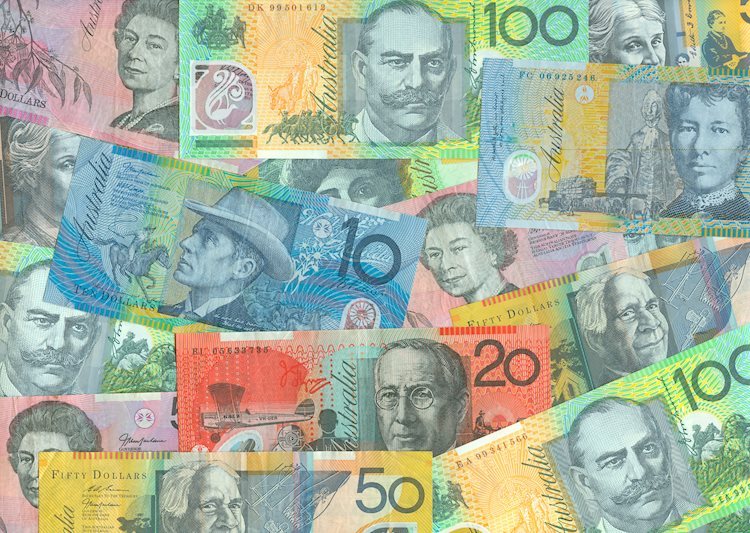The Australian Dollar (AUD) is facing downside risks against the US Dollar (USD) due to concerns over Donald Trump’s proposals to raise tariffs. However, the AUD/USD pair appreciated more than 1% following the Federal Reserve’s interest rate decision, which saw a 25 basis point rate cut. Additionally, China’s better-than-expected trade balance release on Thursday provided support to the Aussie Dollar.
The Federal Open Market Committee (FOMC) lowered its benchmark overnight borrowing rate at its November meeting and indicated that the central bank will continue to assess economic data to decide on future rate changes. Investors are now waiting for the preliminary US Michigan Consumer Sentiment release to further gauge market sentiment.
In terms of economic indicators, US Initial Jobless Claims rose, China’s trade surplus expanded, and Australia’s trade surplus fell in September. The US ISM Services Purchasing Managers’ Index increased, while the Reserve Bank of Australia held the Official Cash Rate steady for the eighth consecutive time.
Technical analysis shows the AUD/USD pair trading near 0.6660, with a shift from bearish to bullish momentum. The pair has moved above the nine- and 14-day Exponential Moving Averages (EMAs) and the 14-day Relative Strength Index (RSI) has crossed above the 50 mark, indicating ongoing bullish sentiment.
The Australian Dollar’s value is influenced by factors such as the Reserve Bank of Australia’s interest rate decisions, the health of the Chinese economy, the price of Iron Ore (Australia’s largest export), inflation, growth rate, and Trade Balance in Australia, as well as overall market sentiment. Positive developments in these areas can support the AUD, while negative surprises can lead to downside risks.
In conclusion, the Australian Dollar is facing challenges against the US Dollar amid concerns over tariffs and interest rate decisions. However, positive economic indicators and market sentiment can provide support to the AUD. Traders will continue to monitor key economic data and events to assess the future direction of the AUD/USD pair.











